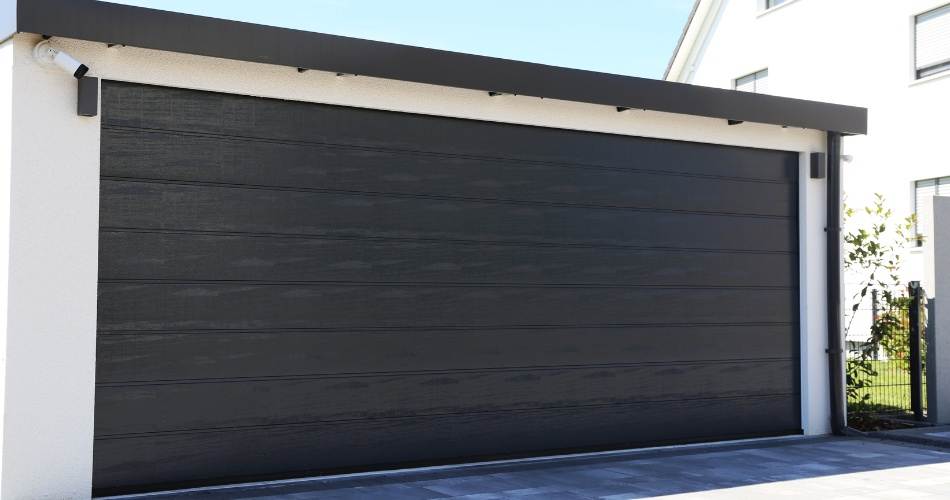Understanding the Difference Between Torsion and Extension Springs in 2024
The mechanics of springs play a crucial function in various applications, from everyday home items to complicated machinery. Understanding the differences between torsion and extension springs may help you select the proper type for your specific needs.
Reliable Garage Door Spring Replacement Nisku
What Are Torsion Springs?
Torsion springs are designed to exert a torque or rotational force. They work by twisting, storing power in the coil as it turns around its axis. These springs are commonly utilized in applications requiring managed rotational actions. For occasion, you can find torsion springs in gadgets like clothespins and garage doorways, the place resistance to wind or gravity is required.
- Mechanism: Torsion springs store vitality when they are twisted. The force exerted increases as the spring is twisted further from its neutral position. Common Uses: Found in purposes ranging from St. Albert's garage mechanisms to Spruce Grove’s industrial machines. Design Features: Typically, they consist of tightly wound coils round a solid heart. This construction allows them to resist consistent twisting forces.
What Are Extension Springs?
Premium Garage Door Repairs Stony Plain
Extension springs, distinct from torsion springs, are designed to soak up and store power when they are stretched. These springs offer resistance to pulling forces and return to their unique form when the force is eliminated. They are sometimes present in applications requiring pulling or tension, such as in the doorways of certain appliances and other equipment.
- Mechanism: Extension springs function by elongating. The more they're stretched, the more force is exerted to return to their original form. Common Uses: Often used in Beaumont's automotive trade or in gear found in Fort Saskatchewan developments. Design Features: Typically have coils with hooks or loops at every end for secure attachment factors.

Key Differences Between Torsion and Extension Springs
Residential Garage Door Experts Morinville
Understanding the distinct characteristics of those two types of springs might help you discern which one fits your application. Here are the primary differences:
- Type of Force: Torsion springs generate a torque from rotational motion, whereas extension springs generate force when pulled aside. Shape and Design: Torsion springs are wound round a middle axis, whereas extension springs are cylindrical and have hooks or loops at both ends. Applications: Torsion springs are perfect for applications needing to resist rotational forces, corresponding to in Leduc’s home items, while extension springs excel in scenarios requiring tension, like in Spruce Grove's automotive elements.
Expert Garage Door Alignment Services Sherwood Park
Applications and Uses in Local Industries
Both torsion and extension springs discover extensive use throughout totally different industries, together with manufacturing, automotive, and residential purposes - Garage Door Safety Sensor Adjustments Spruce Grove. Here’s how these springs are utilized in some localities:
Torsion Springs
- **Sherwood Park**: Often used in door hinge assemblies, allowing for clean operations. - **Devon**: Integral in sports equipment, such as resistance bands and weights.Extension Springs
- **Morinville**: Common in storage doorways, providing the necessary tension for lifting doors efficiently. - **Ardrossan**: Frequently present in furnishings mechanisms, ensuring easy functioning of recliners and sofas.Quick and Reliable Garage Door Repair Fort Saskatchewan
Each of those springs serves a specific function to enhance product functionality and efficiency - Expert Garage Door Alignment Services Beaumont. Understanding their roles helps producers design higher products tailor-made to fulfill shopper wants
Choosing the Right Spring for Your Application
When deciding between torsion and extension springs, think about the particular mechanical requirements of your utility. Here are some tricks to guide your selection course of:
Affordable Garage Door Replacement Parts Nisku
- Identify the Forces Involved: Determine whether or not you need resistance to twisting (torsion) or pulling (extension). Evaluate Space Constraints: Analyze the working environment, as space could decide the shape and measurement of the spring you want. Material Considerations: Choose the best material based on corrosion resistance and strength, which can be very important in areas like Fort Saskatchewan's industrial sectors.
Conclusion
High-Quality Garage Door Maintenance Spruce Grove
In abstract, the difference between torsion and extension springs lies in their basic operations and functions. Torsion springs excel in providing rotational resistance, making them excellent for functions that require torque, while extension springs are perfect for functions that necessitate tension and pulling. Whether you are in Stony Plain, Leduc, or any other locale, understanding these differences will empower you to make knowledgeable decisions on your spring requirements. Don’t hesitate to consult with trade professionals to make sure the most effective fit https://ca.pinterest.com/gullivergarage/ for your specific needs!